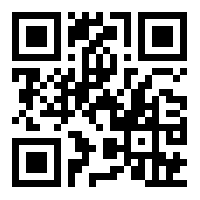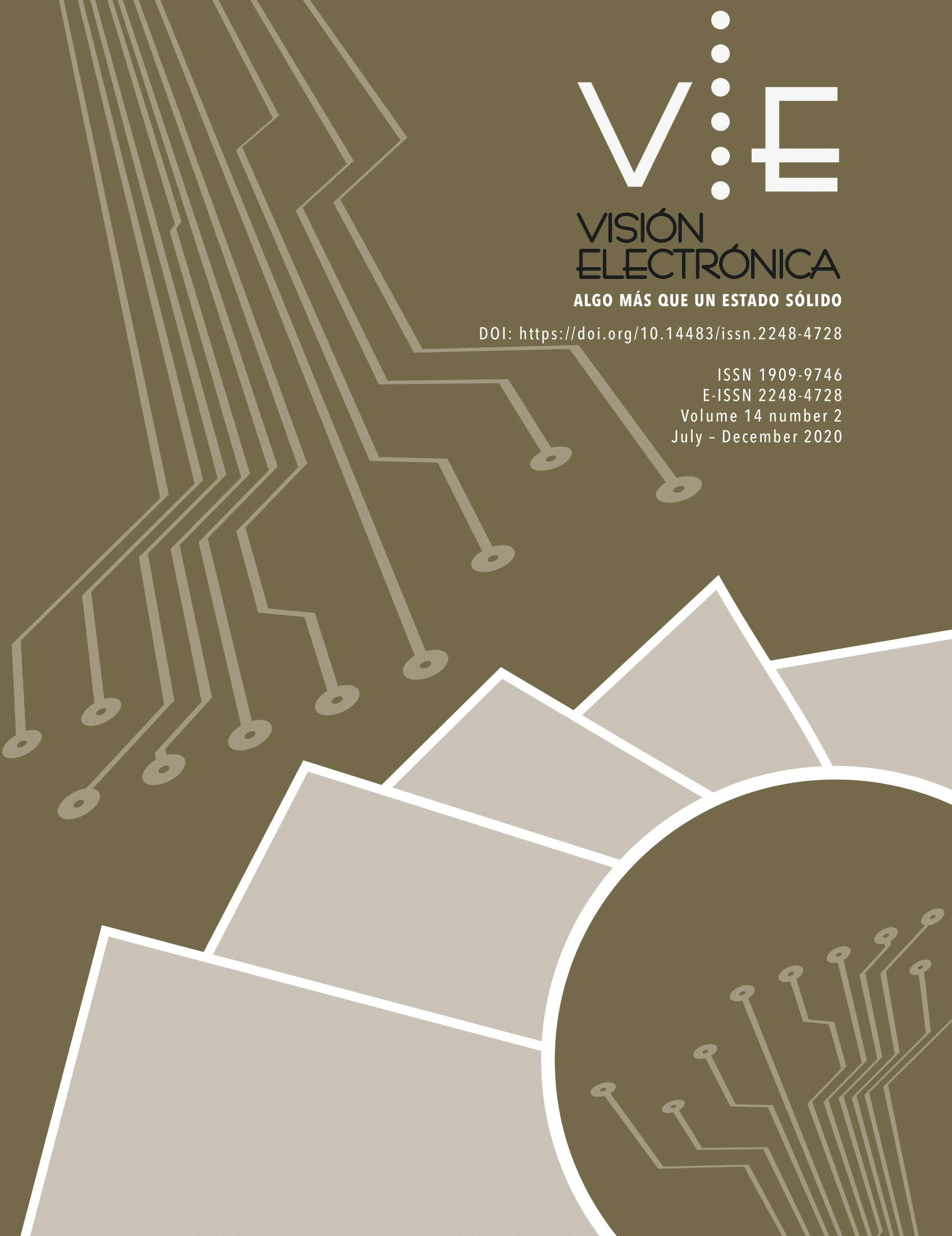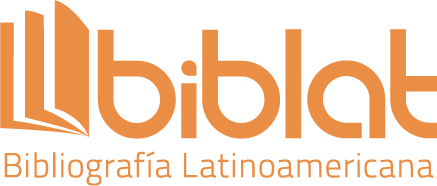DOI:
https://doi.org/10.14483/22484728.15800Publicado:
2020-10-13Número:
Vol. 14 Núm. 2 (2020)Sección:
Visión InvestigadoraOmnidirectional robot for the diagnosis of the attention deficit
Robot omnidireccional para el diagnóstico del déficit de atención
Palabras clave:
BCI, Herramienta diagnóstica, EEG, Emociones, Robot móvil (es).Palabras clave:
BCI, Diagnostic tool, EEG, Emotions, Mobile robot (en).Descargas
Resumen (en)
Attention Deficit Hyperactivity Disorder (ADHD) occurs in 16% of the Colombian student population and estimates that between 30-70% of these children continue to show symptoms in adulthood. Thus, a tool is proposed for the professional to support his diagnosis according to the criteria offered by the Diagnostic and Statistical Manual of Mental Disorders (DMS). An omnidirectional platform is implemented, striking for its design, for children, adolescents and that becomes a concentration challenge for adults.
With an Electroencephalography (EEG) helmet a brain wave reading is made; with the help of a Computer Brain Interface (BCI) you can have the reading of facial gestures, having said reading is implemented to control the omnidirectional platform, with the same BCI you also have the reading of concentration, stress, excitation, etc. of individuals; Thus, the professional in the area can support his diagnosis according to several factors, such as: EEG interpretation, emotional data (concentration, stress, excitement ...), and the observation of the individual. The evaluation of the patient makes the health professional, generating some challenges to overcome the platform and interpreting the different data according to their professional criteria.
Resumen (es)
El TDAH se presenta en un 16% de la población estudiantil colombiana, además, estima que entre el 30-70% de estos niños sigue presentando síntomas en edad adulta. Así, se plantea una herramienta para que el profesional, apoye su diagnóstico según los criterios ofrecidos por el “DMS”. Se implementa una plataforma omnidireccional, llamativa por su diseño, para niños, adolescentes y que llega a ser un desafío de concentración para adultos.
Con un casco de EEG se hace una lectura de las ondas cerebrales; con ayuda de una BCI se puede tener la lectura de los gestos faciales, al tener dicha lectura se implementa al control de la plataforma omnidireccional, con la misma BCI también se tiene la lectura de la concentración, estrés, excitación…etc. de los individuos; así el profesional en el área puede apoyar su diagnóstico según varios factores, como: la interpretación EEG, datos emocionales (concentración, estrés, excitación…), y la observación del individuo. La evaluación del paciente la hace el profesional de la salud, generando algunos retos a superar con la plataforma e interpretando los diferentes datos según su criterio profesional.
Referencias
S. Bará-Jiménez, P. Vicuña, D. A. Pineda, G. C. Henao, “Neuropsychological and behavioral profiles of children with attention deficit/hyperactivity disorder from Cali, Colombia”, Rev. Neurol., vol. 37, no. 7, pp. 608–615, 2003. https://doi.org/10.33588/rn.3707.2003189
C. Andreu, J. Letosa, M. López, V. Mínguez, “Forensic implications in adults with attention deficit hyperactivity disorder”, Revista Espanola de Medicina Legal, vol. 41, no. 2. pp. 65–71, 2015. https://doi.org/10.1016/j.reml.2014.12.003
American Psychiatric Association, “Guía de consulta de los criterios diagnósticos del DSM-5®”, 2013. https://doi.org/10.1176/appi.books.9780890425657
F. Ramos-Argüelles, G. Morales, S. Egozcue, R. M. Pabón, M. T. Alonso, “Técnicas básicas de electroencefalografía: principios y aplicaciones clínicas”, An. Sist. Sanit. Navar., vol. 32, no. 3, pp. 69–82, 2009. https://doi.org/10.4321/S1137-66272009000600006
C. Mediavilla-García, “Neurobiología del trastorno de hiperactividad”, Rev. Neurol., vol. 36, no. 6, pp. 555–565, 2003, https://doi.org/10.33588/rn.3606.2002075
C. K. Conners, “Conners’ Continuous Performance Test II (CPT II V. 5)”, 2000. [Online]. Available at: https://www.pearsonclinical.co.uk/Psychology/ChildMentalHealth/ChildADDADHDBehaviour/ConnersContinuousPerformanceTestIIVersion5forWindows(CPTIIV5)/PDFReports/Progress.pdf
L. L. Thurstone, M. Yela, “Caras-R”, 2012. [Online]. Available at: http://www.web.teaediciones.com/ejemplos/caras-r%20manual_2012.pdf
J. W. Cornejo Ochoa et al., “Prevalencia del trastorno por déficit de atención- hiperactividad en niños y adolescentes colombianos”, Rev. Neurol., vol. 40, no. 12, pp. 716–722, 2005. https://doi.org/10.33588/rn.4012.2004569
T. Talamillo García, “Manual básico para enfermeros en electroencefalografía”, Enfermería Docente, no. 94, pp. 29–33, 2011.
M. I. Martínez Barros, G. Trout Guardiola, “Conceptos básicos de electroencefalografía”, Duazary, vol. 3, no. 1, pp. 18-23, 2014. https://doi.org/10.21676/2389783X.602
L. E. Morillo, “Análisis Visual Del Electroencefalograma”, pp. 143-163, 2005. [Online]. Available at: https://www.acnweb.org/guia/g7cap17.pdf
L. A. Moreno Cueva, C. A. Peña Cortés, M. Maestre Delgado, S. B. Caicedo Villamizar, A. Pardo García, “Registro de neuroseñales con una Interfaz Cerebro-Computador para estimar el nivel estrés en un estudiante durante una clase”, Inge Cuc, vol. 13, no. 2, pp. 95–101, 2017, https://doi.org/10.17981/ingecuc.13.2.2017.10
Y. Liu et al., “Implementation of SSVEP based BCI with Emotiv EPOC”, IEEE International Conference on Virtual Environments Human-Computer Interfaces and Measurement Systems (VECIMS) Proceedings, pp. 34–37, 2012, https://doi.org/10.1109/VECIMS.2012.6273184
Cómo citar
APA
ACM
ACS
ABNT
Chicago
Harvard
IEEE
MLA
Turabian
Vancouver
Descargar cita
Licencia

Esta obra está bajo una licencia internacional Creative Commons Atribución-NoComercial 4.0.
.png)
atribución- no comercial 4.0 International






.jpg)





